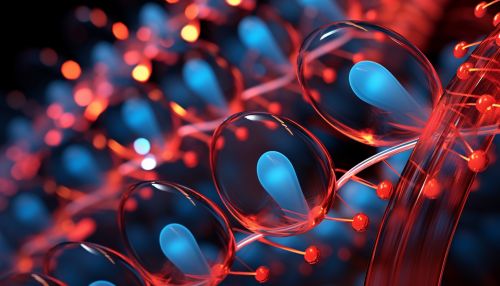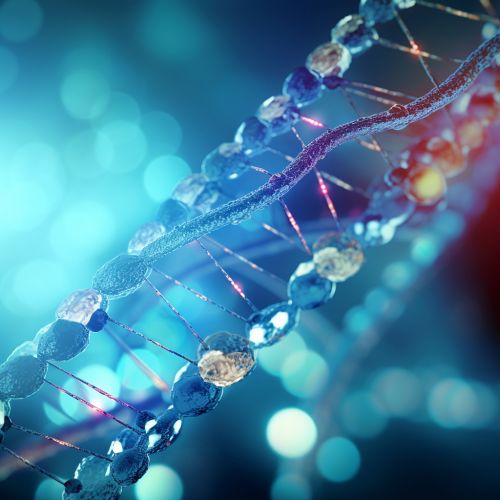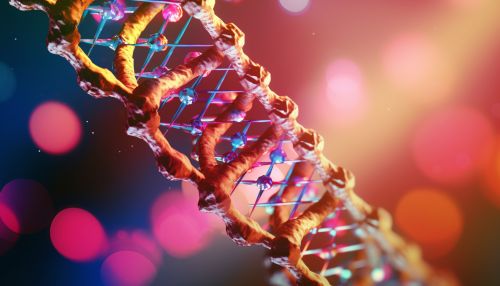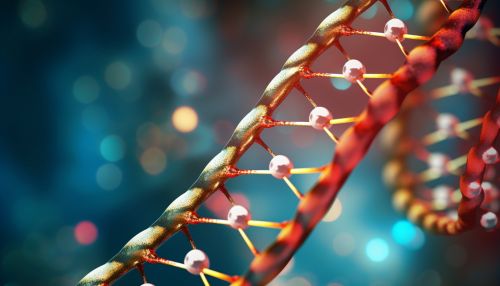Gene duplication
Introduction
Gene duplication is a biological phenomenon that occurs when one or more copies of a particular gene are produced. This event is a primary source of raw material that can lead to substantial evolutionary innovation. Gene duplication can occur through several mechanisms, including unequal crossing over, retrotransposition, duplication of an entire genome, and through the activity of transposable elements read more.
Mechanisms of Gene Duplication
There are several mechanisms through which gene duplication can occur. These include unequal crossing over, retrotransposition, whole genome duplication, and through the activity of transposable elements.
Unequal Crossing Over
Unequal crossing over occurs during meiosis, the process of cell division that produces gametes. During meiosis, homologous chromosomes pair up and exchange genetic material. If the exchange is not equal, one chromosome may end up with two copies of a particular gene, while the other may end up with none. This is one of the most common mechanisms of gene duplication read more.


Retrotransposition
Retrotransposition is a process where RNA is reverse-transcribed back into DNA and then inserted back into the genome. This can result in the duplication of a gene. Retrotransposition is often facilitated by retrotransposons, which are genetic elements that can move around the genome read more.
Whole Genome Duplication
Whole genome duplication is a process where an entire genome is duplicated. This can occur through errors in DNA replication or through polyploidy, a condition where an organism has more than two complete sets of chromosomes. Whole genome duplication is a major mechanism of gene duplication in plants read more.


Transposable Elements
Transposable elements are sequences of DNA that can move around the genome. They can cause gene duplication by inserting themselves into a gene, causing a duplication of the gene as they move read more.
Consequences of Gene Duplication
Gene duplication can have several consequences, including the creation of new genes, the evolution of new functions, and the generation of genetic diversity.
Creation of New Genes
One of the primary consequences of gene duplication is the creation of new genes. When a gene is duplicated, the duplicate copy is free to evolve and acquire new functions. This can lead to the creation of new genes that perform functions not performed by the original gene read more.


Evolution of New Functions
Gene duplication can also lead to the evolution of new functions. This can occur through a process called neofunctionalization, where the duplicate gene acquires a new function. Alternatively, it can occur through subfunctionalization, where the original and duplicate genes each specialize in a subset of the original gene's functions read more.
Genetic Diversity
Gene duplication can also generate genetic diversity. This can occur through the accumulation of mutations in the duplicate gene, which can lead to the evolution of new alleles. Genetic diversity is a key driver of evolution and can help populations adapt to changing environments read more.


Role in Evolution
Gene duplication plays a crucial role in evolution. It provides a source of genetic material that can evolve and acquire new functions, leading to the evolution of new genes and the diversification of species. Gene duplication has been implicated in the evolution of many key traits, including the evolution of the vertebrate immune system, the evolution of flower color in plants, and the evolution of drug resistance in bacteria read more.


Conclusion
In conclusion, gene duplication is a fundamental biological process that has profound implications for evolution. It provides a source of genetic material that can evolve and acquire new functions, leading to the creation of new genes and the generation of genetic diversity. Understanding the mechanisms and consequences of gene duplication is crucial for understanding the process of evolution.
See Also
References
- ↑ Ohno, S. (1970). Evolution by Gene Duplication. Springer-Verlag.
- ↑ Lynch, M., & Conery, J. S. (2000). The evolutionary fate and consequences of duplicate genes. Science, 290(5494), 1151-1155.
- ↑ Conant, G. C., & Wolfe, K. H. (2008). Turning a hobby into a job: how duplicated genes find new functions. Nature Reviews Genetics, 9(12), 938-950.
